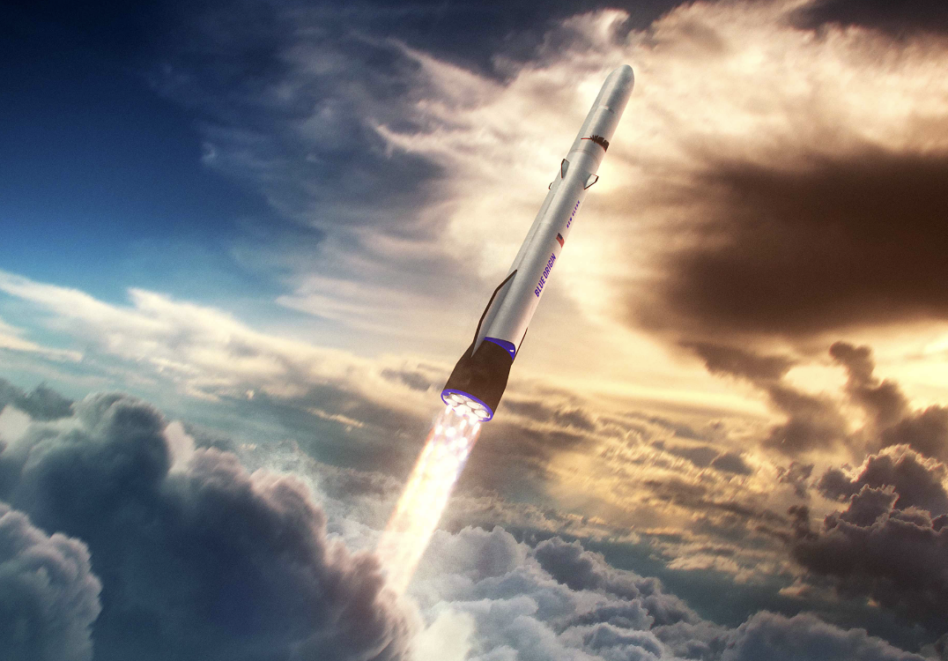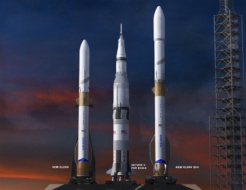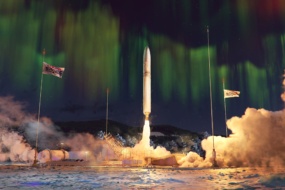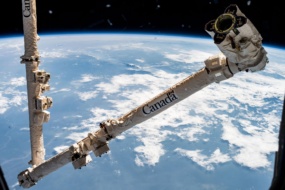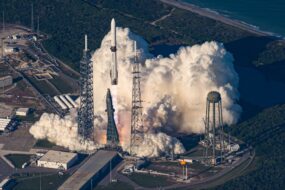Blue Origin is planning to build a launch facility outside the US, the company’s CEO Bob Smith told the Financial Times this week. The search has just begun, and a decision on a location is not imminent.
The company is also seeking new partnerships and acquisitions across Europe.
Euro trip: Despite not yet having achieved orbital flight, Blue Origin has been investing in advance of a planned high-volume launch cadence. The Kent, WA-based business is setting its sights on meeting Europe’s growing launch demand as the continent faces a severe lack of launch capacity with Ariane 5’s imminent retirement and Ariane 6 and Vega-C on the sidelines until 2024.
While it would take years to get a facility up and run, Blue Origin could help fill a deficiency in the market and support European satellite operators for years to come.
New Glenn: Blue Origin’s expansion plans hinge on the success of its New Glenn rocket, which has yet to hit the skies.
- The heavy-lift rocket will be capable of ferrying 45,000 kg to LEO, putting it smack dab in the middle of Falcon 9 and Falcon Heavy’s capacity.
- New Glenn will employ a reusable first stage.
- Blue Origin is also attempting to develop the holy grail of rocketry, a reusable second stage.
The launch company aims to launch New Glenn on its maiden voyage next year.
One of its early missions is an August-September 2024 launch to Mars, carrying NASA’s ESCAPADE satellites. While maiden rocket launches are *almost always* delayed, the head of the ESCAPADE team believes New Glenn development remains on track.
If successful, Blue Origin hopes the next-gen rocket will compete with SpaceX domestically and alleviate the European launch bottleneck abroad.
